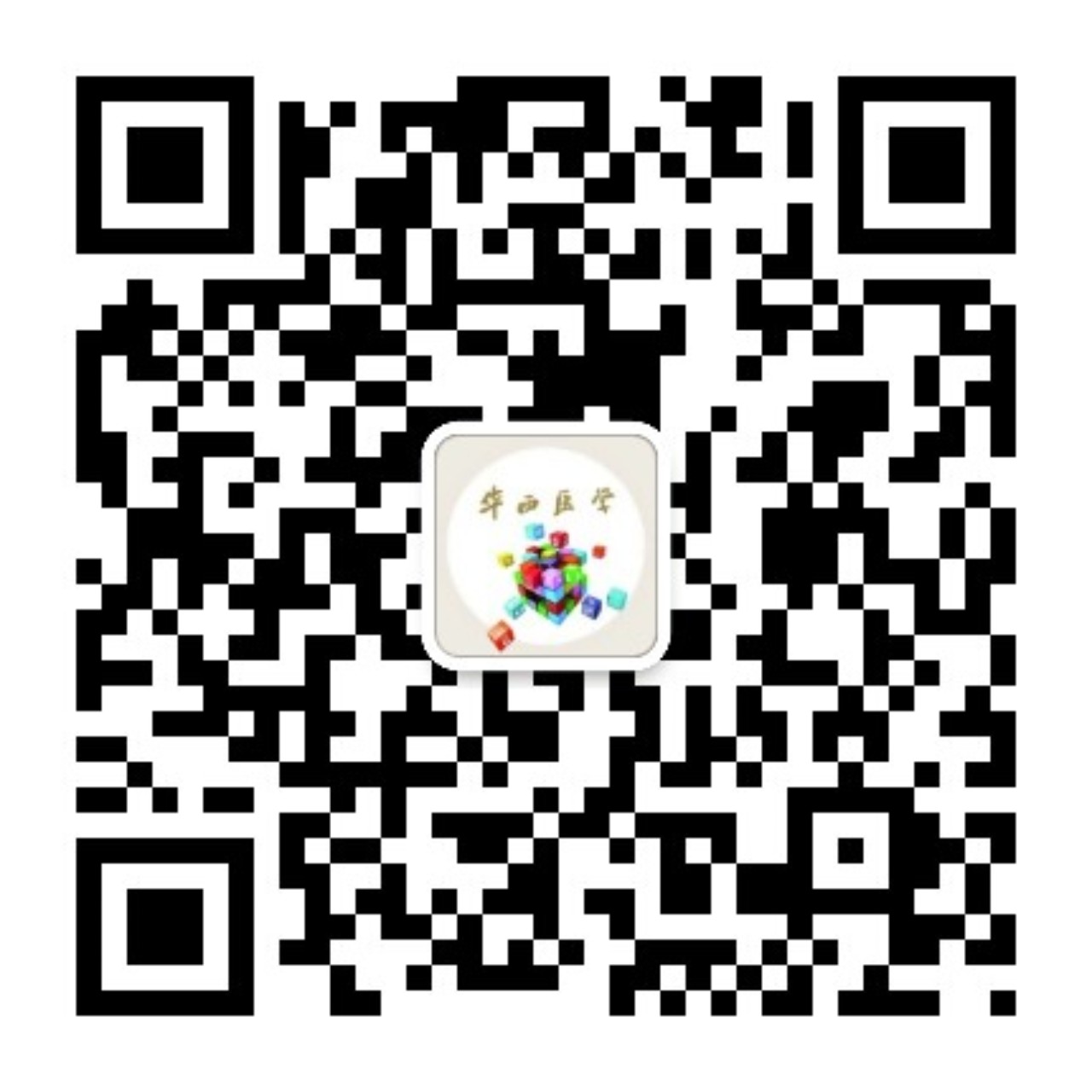【摘要】 目的 觀察透明質酸鋅凝膠治療糖尿病足創面的療效。 方法 2009年6月—2010年6月收治60例創面面積≤6 cm2的糖尿病足患者,其中男41例,女19例;年齡 49~80歲,平均58歲。糖尿病病程4~20年,糖尿病足病程2~12周。按照糖尿病足Wagner分級標準進行分級為Ⅰ、Ⅱ、Ⅲ級(每級各20例)。將患者隨機分為治療組和對照組,每組30例,每級各10例。兩組患者性別、年齡、病程及創面比較差異均無統計學意義(P gt;0.05),具有可比性。兩組患者均常規給予胰島素或降糖藥控制血糖,并同時給予抗炎、改善微循環及營養支持治療。處理上治療組加用透明質酸鋅凝膠,對照組僅常規換藥,治療后4、8周觀察兩組創面愈合情況。 結果 治療組8周時治愈率為53.3%,總有效率為96.7%;對照組治愈率為30.0%,總有效率為60.0%;兩組總有效率比較差異有統計學意義(P lt;0.05)。治療組對于Ⅱ、Ⅲ級創面的治愈率和有效率均明顯優于對照組(P lt;0.01)。治療組創面愈合時間為(23.25±8.52) d,對照組為(29.16±9.20) d,差異有統計學意義(P lt;0.05)。兩組治療后細菌培養結果無明顯差異。 結論 透明質酸鋅凝膠制劑應用于糖尿病足的創面治療,能起到保護創面和促進創面愈合的作用,為治療糖尿病足創面提供了一種新的方法。
【Abstract】 Objective To explore the curative effect of zinc hyaluronate in the treatment of diabetic foot wound. Methods Sixty patients with a diabetic foot wound area ≤6 cm2 were treated in our hospital from June 2009 to June 2010. There were 41 males and 19 females with their ages ranged from 49 to 80 years old, averaging at 58. The course of diabetes ranged from 4 to 20 years, and diabetic foot 2 to 12 weeks. According to diabetic foot Wagner grading standards, the patients were classified as grade Ⅰ, Ⅱ and Ⅲ (with 20 patients for each grade). They were randomly divided into the treatment group and the control group with 30 patients in each group and for both groups, there were 10 patients for each Wagner grade. There were no statistically significant differences between the two groups of patients in gender, age, duration of the disease course, and wound area (P gt;0.05) so that they were comparable. All patients were routinely offered with insulin or other medicine to control blood sugar level, and at the same time they accepted anti-inflammatory, microcirculation improving and nutrition supporting treatments. Zinc hyaluronate was added to the treatment of the patients in the treatment group, while the control group underwent conventional treatment. Wound healing condition was observed 4 and 8 weeks after the beginning of the treatment. Results At week eight, the cure rate for the treatment group was 53.3%, and the total effective rate was 96.7%; the two numbers for the control group were respectively 30.0% and 60.0%. There was a significant difference between the two groups in the total effectiveness (P lt;0.05). The cure rate and total effective rate for grade Ⅱ and Ⅲ wound in the treatment group were better than those in the control group (P lt;0.01). Coagulant time for the treatment group and the control group was respectively (23.25±8.52) days and (29.16±9.20) days with a significant difference (P lt;0.05). No statistical difference was found in the bacteria cultures between the two groups after treatment. Conclusions Using zinc hyaluronate in diabetic foot treatment can obviously protect the wound and promote wound healing. It is a good choice for diabetic foot wound healing.
引用本文: 李巍,張兵,高兵. 透明質酸鋅凝膠在治療糖尿病足創面中的應用. 華西醫學, 2011, 26(6): 845-847. doi: 復制




